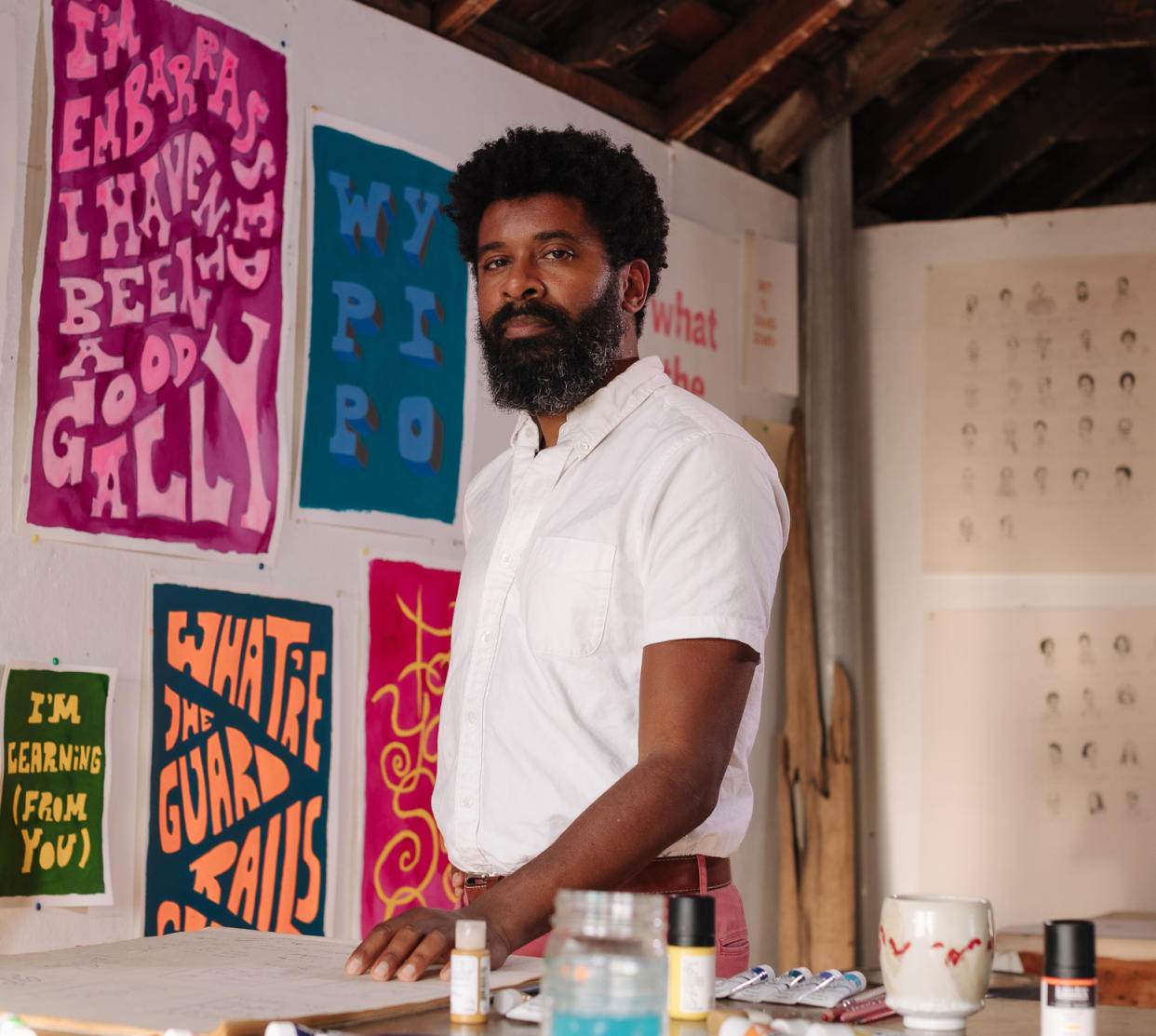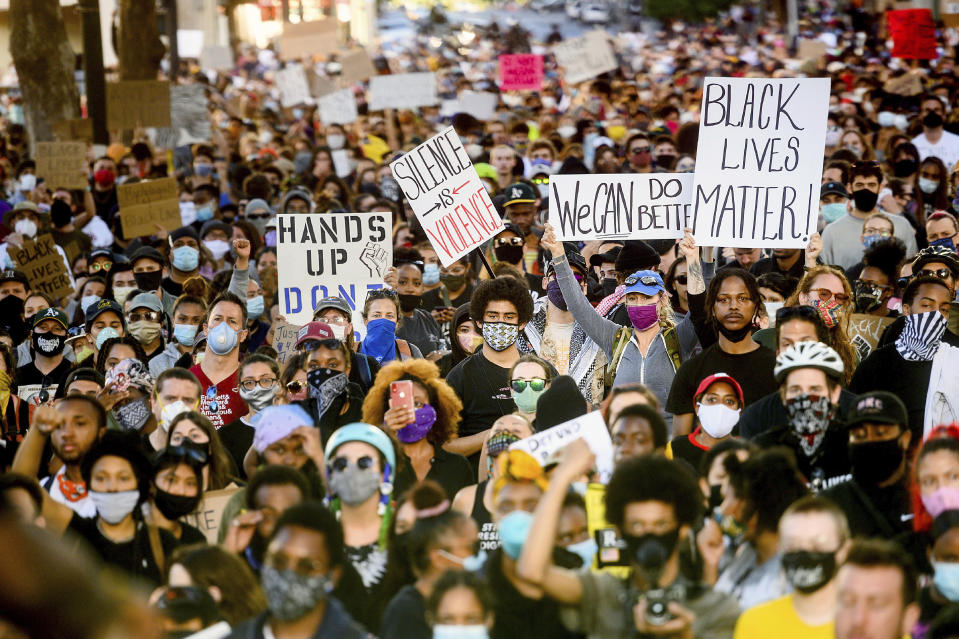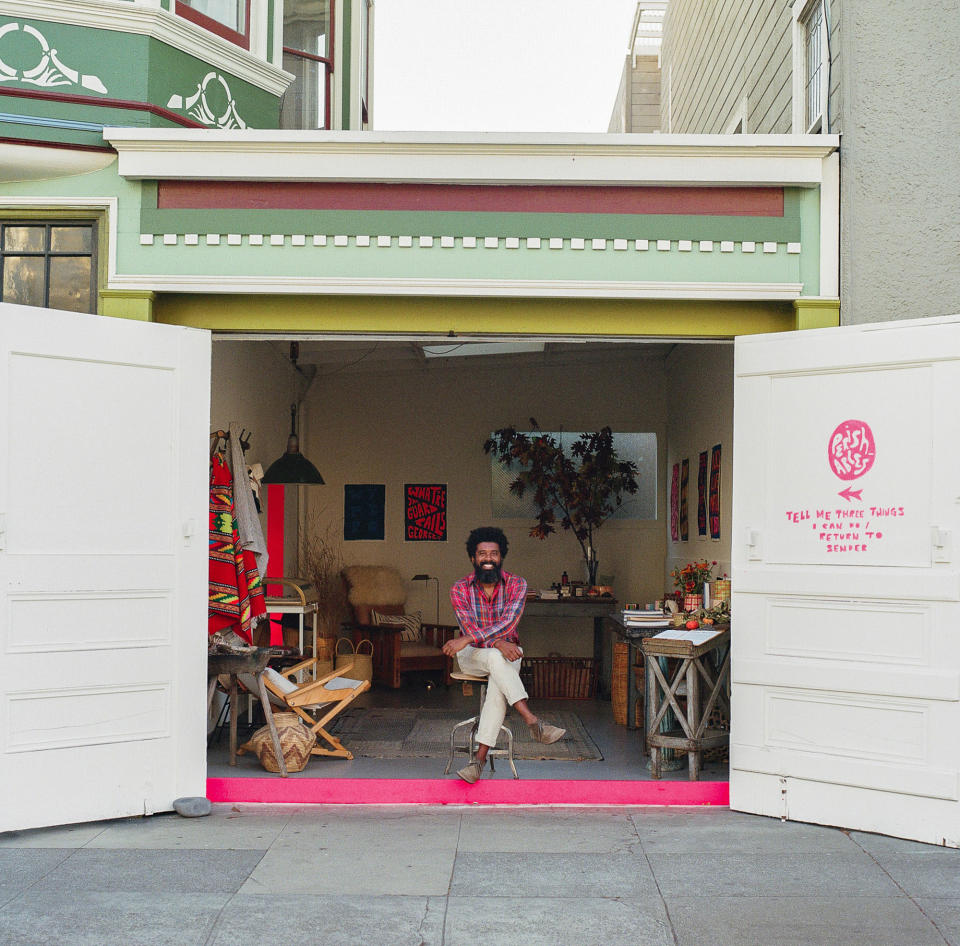In liberal San Francisco, white responses to George Floyd's killing proved revealing

In the days that followed George Floyd’s May 25 killing while in police custody in Minneapolis, the emails, texts and phone messages from white people started piling up.
“Do you have the bandwidth for a call? I need the collective healing,” one acquaintance in San Francisco wrote.
“Tell me three things I can do other than the obvious,” another told me in a text.
“I’m embarrassed I haven’t been a better ally and friend to you,” a third message read.
In real time, I was observing my white contemporaries as they awakened to their individual roles in creating and maintaining a society that they suddenly realized was corrupt and rotting at the root. Dripping in shame and guilt, the outpouring had a connective refrain: the need for my Black validation.
My feelings about Floyd’s killing veered wildly from anger to resignation, but this simultaneous phenomenon — the dozens of daily messages from white people — clouded my own ability to process the news.
More horribly, I soon learned that I wasn’t the only one on the receiving end of those awkward pleas for absolution. Black friends all over the world were receiving the same messages, delivered in the same manner, from people far and wide.

I wrote about the experience in the San Francisco Chronicle, in a piece I titled “Bay Area’s black community is drowning in the tears of white people.” The Black population in progressive San Francisco has been declining for decades, due to the ever-encroaching cost of living, systemic racism and the tech and real estate booms, among other causes. But Floyd’s death and the white response had placed an emphatic point on how twin scourges of economic disenfranchisement and racial segregation had manifested, with the pandemic as a backdrop. My role was victim and teacher all at once, and it enraged me.
I imagined that I’d feel better once my editorial was published, a naive sentiment in retrospect.
My community was reeling and in pain. Another among us cut down, with no greater sense of when the change that we demanded would come. I was also being asked to help my white contemporaries process their role in the larger problem.
Over the weeks that followed, I endured a series of challenging and painful exchanges, some of which spelled the end to those relationships. I made a conscious decision that I wouldn’t be dismissive of the emotional toll. It would have been easier for me to view it through the prism of anger alone, but I wanted to honor the human price, not just the racial one, so I decided to document it.
I started with some of the phrases that had triggered me the most — “Here if you ever want to talk” and “I’m just here to listen” — and began memorializing them as paintings.

I’d long been accustomed to this language, this obtuse, indulgent way the white community speaks to people of color. I had known it in New York, where I grew up. I knew it from the corporate world, where I worked for more than a dozen years as a magazine art director. The more I studied it, the more I started seeing it for what it is — a way of rendering judgment without self-reflection or accountability, and the assumption that because I was Black and had been a victim of systemic racism, I was somehow obliged to help educate every white person who contacted me.
I found all of these different phrases to be emotionally lazy and destructive. So I dressed them up, gave them personality and bright colors, and sent them back to where they came from. I wanted to reflect the cultural cluelessness of the people who spoke them, so they could see the potency of their own words. But mostly, I wanted to return that energy to its sender; get it as far away from me as possible.
As I was hanging the show in September at San Francisco’s Perish_ables gallery, I saw the flaw in my presentation: I would be displaying only a fraction of the suffocating messages I’d received since Floyd’s death. I had enough to paint every space on the four walls, floor and ceiling of the gallery.
I’d also volunteered to be a docent during the run of the show, which meant recounting the stories behind the pieces week after week. My excitement at having a show open during the pandemic soon began to wear off, and retelling the personal stories involving some of my closest associates wasn’t easy.
Yet the conversations became two-way exchanges. The gallery served as a safe space of sorts, where I wasn’t the only one speaking, or revealing my vulnerability. People came to share their own sadness and their own pain and their own accountability. One man walked in, surveyed the phrases and declared, “Yes, I’ve said all of these things.”

To my surprise, the show sold out, and I was fascinated to learn who was purchasing the pieces. It’s not easy work to stare at, after all. I asked some of the white patrons why they were buying the paintings. “Because I need the reminder,” one woman said. “My husband definitely does. But I need it too.”
As the show was winding down its run in October, and with the presidential election just weeks away, I felt a sense of foreboding: how we as a culture could exist together, with our separate awarenesses. How can we have a shared sense of language when we have such wildly different views of the same world? But as I looked at the range of people who came to the gallery to engage with this difficult language, I took some measure of solace that shining a light on tone-deaf responses had been the impetus for a deeper conversation.
_____
Read more from Yahoo News:

